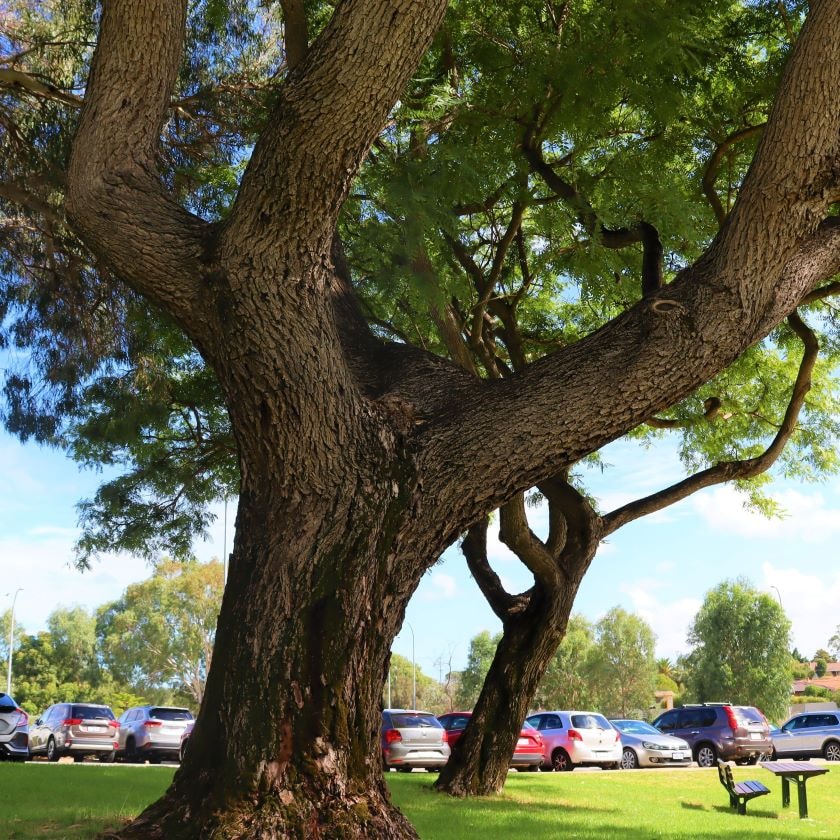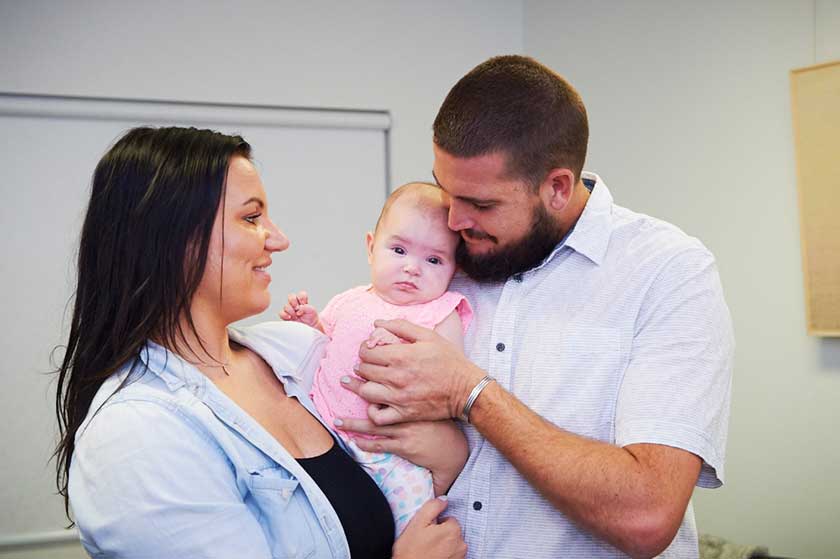Trees provide a helpful metaphor when considering the implementation of our resolutions. Trees consist of three parts; the trunk, crown, and roots.
- We can understand our own lives as the 'Tree of Life'.
- The trunk is where your day-to-day awareness and thinking live..
- The crown represents everything that transcends the current 'you' with your current concerns..
The roots mean the day-to-day of your life.
A resolution requires a commitment to a concrete plan for the activities you will now regularly engage in or activities from which you will refrain. So, when considering what reason will transcend your current wish to attain the resolution, consult the crown of your "tree". When resolving (committing), consider the transcendent crown and the intrinsic roots of every day (the 'where' and 'when') in which your new activity must be grounded. This is your "why".
Now let's turn to science for insight on how to change habits.
Whenever I touch a hot surface, I rapidly pull my hand away. This is a reflex that is hardwired to my nervous system. This reflective action is not what I mean by habitual behaviour. For behaviour to become habitual, the nervous system needs to learn something; this process is called neuroplasticity. Habits are not trivial and make up about seventy percent of our behaviour. Behaviour can be classified as goal-directed (e.g., my goal is to finish today's training session) or identity-directed (e.g., I would like to be a fit person).
The strength of the goal is measured in terms of the degree of effort it takes to initiate the behaviour along two dimensions: alertness and anxiety. After I have just woken, I struggle to motivate myself to run, especially if I have not slept well. I feel so anxious that I can't work. This mental effort is referred to as limbic friction. When we have already visualised each step of our new behaviour, we reduce limbic friction. This is because when we go to act, our mind has already visualised the steps we need to take; to our brain, it's almost as if we have already performed the action. This is referred to as procedural memory.
The habit's strength can also be determined by whether it is provoked into happening when we are in a specific environment (context-dependent) or is likely to happen regardless of the environment (context-independent). For example, no matter where I find myself in the world, it is highly likely that I will brush my teeth in the morning (context-independent). However, I am less likely to go for a run when I am on holiday (context-dependent).
You may have heard the saying, "neurons that fire together wire together". This habit formation occurs when the same neurons are repeatedly activated, either simultaneously or after the other.
In short, certain brain synapses are strengthened when we associate one behaviour (in this context, called a 'cue') with another behaviour. Over time, the cue needed to cause the secondary behaviour becomes less and less, until the secondary behaviour becomes almost spontaneous.
The behavioural dominos fall easier and I start going for that run, even when I feel tired.








